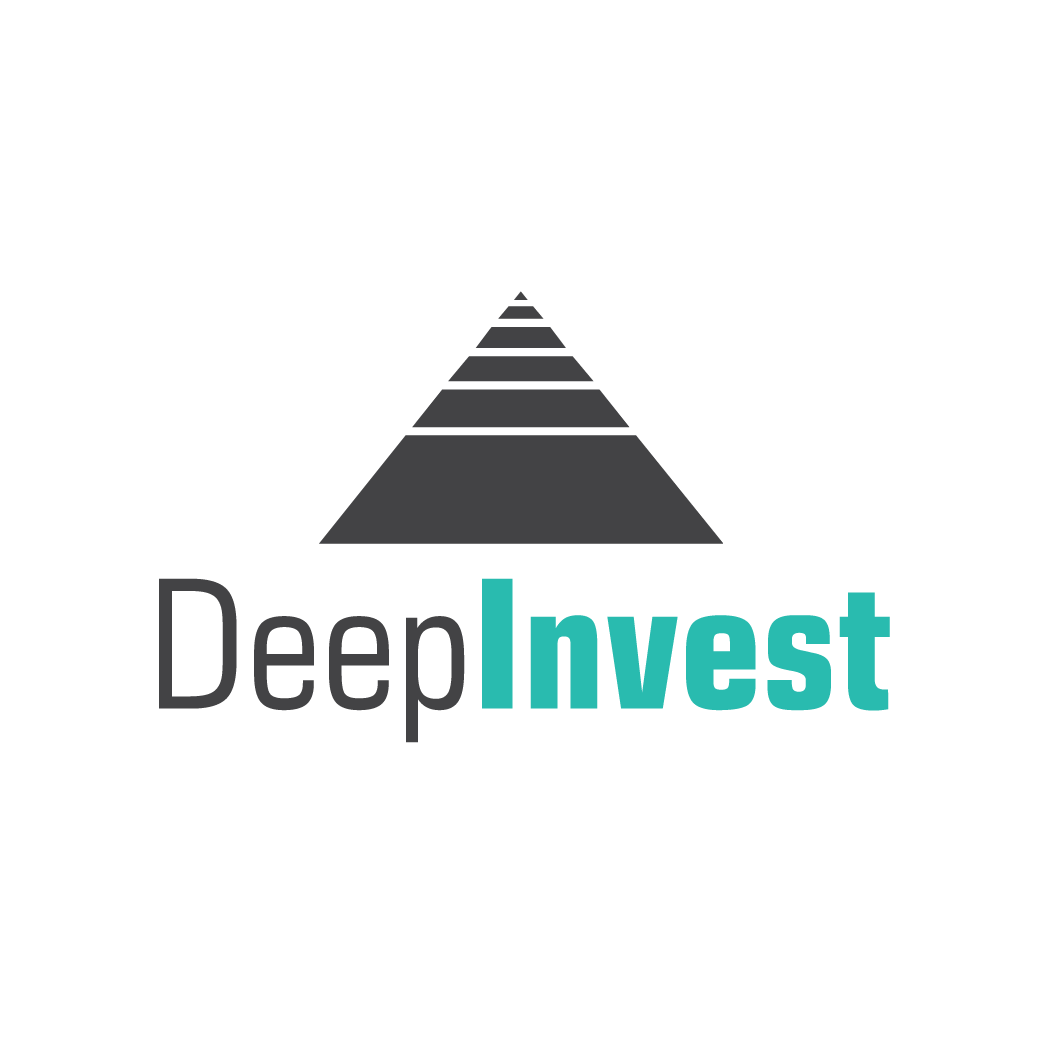First Phase: Problem Definition, Market Analysis and User Requirements.
The first iterative phase of the project aims at the following:
- a description of the problem of providing investment assistance services;
- target market analysis and detailed identification of relevant shortcomings and opportunities;
- collection of user requirements and determination of user acceptance criteria;
- clarification of application scenarios and practical scenarios-usage based on the requirements derived from the initial contact with the end users.
Phase Two: Overview of Existing Technologies and System Design. This phase includes the following:
- the recognition of technological specifications of the system by the requirements of the users,
- exploring available solutions including research into existing technologies available from partners, commercial solutions and other European, national or international research projects;
- the identification of gaps and the possibility of innovation which includes the comparison between the necessary and the available technologies, and leads to a set of specifications for the technological cuts that are expected to be made in the project;
- defining and designing innovative approaches to performance forecasting and automated portfolio management using machine learning methods, and
- the definition of the architectural platform that concerns the execution of the conceptual design of the DeepInvest system, taking into account the basic subsystems together with the high level functional and technical specifications.
Third Phase: System Implementation & Integration. The third phase includes the following activities:
- Implementation & Configuration of Individual Units / Subsystems, which includes the detailed design and development of the various subsystems in the DeepInvest architecture.
- implementation of machine learning architectures for performance forecasting and portfolio management, and selection of the most suitable of them,
- Systems Integration and Repeat Tests, where a specific methodology for integrating and testing subsystems will be defined.
Fourth Phase: System Adaptation, Demonstration & Evaluation.
This phase will develop in parallel with the design, development and integration processes, and will focus on refining and validating the system as well as evaluating the demonstration phase of the project. In total, the activities will include tasks such as:
- The acceptance of the end users and the existing infrastructures and procedures, and the recording of the findings and the treatment of the identified shortcomings. In addition, integration tests will be performed to identify potential leaks and errors in the original system as part of the end-user evaluation.
- The validation of the overall system in relation to the specifications of user requirements and business exploitation plans.
- The evaluation of the overall project and its new elements as well as its tangible results in comparison with the original objectives of the project, with sufficient emphasis on technical evaluation, user acceptance and impact assessment.
Fifth Phase: Utilization & Dissemination of Project Results. This phase consists of all the horizontal activities, which are summarized below:
- Project Management consisting of all administrative and managerial tasks of the project, including the preparation of periodic reports, quality assurance of project reports, and risk management.
- Utilization & Dissemination, where the DeepInvest subsystems as well as the relevant know-how will be used for dissemination and utilization processes by the consortium partners, during and after the end of the project.A relevant business plan for the use of the DeepInvest system as a complete service will also be delivered.

